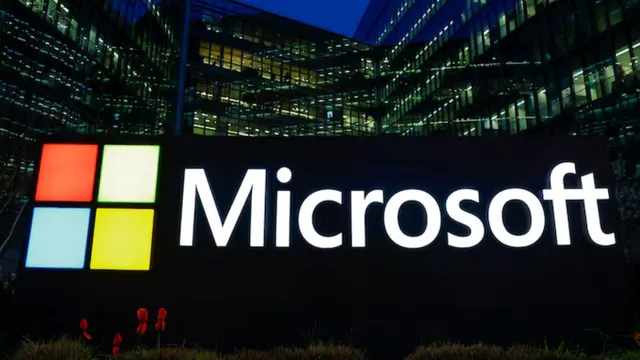- By Prateek Levi
- Wed, 06 Aug 2025 09:07 PM (IST)
- Source:JND
Microsoft has carried out another round of layoffs, this time affecting around 40 employees based in Washington. The move comes as the company continues to restructure amid a broader shift toward artificial intelligence, an area where it’s been making major investments. Though smaller in scale, the cuts reportedly spanned multiple teams.
The latest round was revealed through a state filing, distinguishing it from earlier, more widely announced job reductions. In May, Microsoft said it would eliminate over 6,000 positions, followed by an additional 9,000 job cuts announced at the beginning of July.
With these new cuts, the company has now laid off close to 3,200 workers in Washington state alone this year.
ALSO READ: YouTube App On Android Faces Playback Speed Glitch, Google Responds
In a statement to The Seattle Times, a Microsoft spokesperson described the changes as “organisational and workforce changes”, calling them a routine part of managing the business. The company said it remains focused on long-term priorities, especially in areas positioned for strategic growth.
The layoffs contrast with Microsoft’s strong recent financial performance. In July, the company reported $76.4 billion in revenue and $27.2 billion in profit for the fiscal quarter spanning May to June. That marks its highest year-over-year growth in more than two years.
Still, the deep cuts have continued. To date, Microsoft has let go of over 15,000 employees in 2025—its second-largest workforce reduction since 2014, when it cut approximately 18,000 roles.
After the July layoffs, a memo from CEO Satya Nadella was shared publicly. In it, he acknowledged that the decision was “weighing heavily” on him and noted the “uncertainty and seeming incongruence” felt across the industry amid rapid technological change.
ALSO READ: Xiaomi Refreshes Redmi Branding, Hints At Strategic Reboot
Microsoft has stated that these changes are part of its effort to realign teams for future success, especially as it leans further into AI and other core innovation areas.

